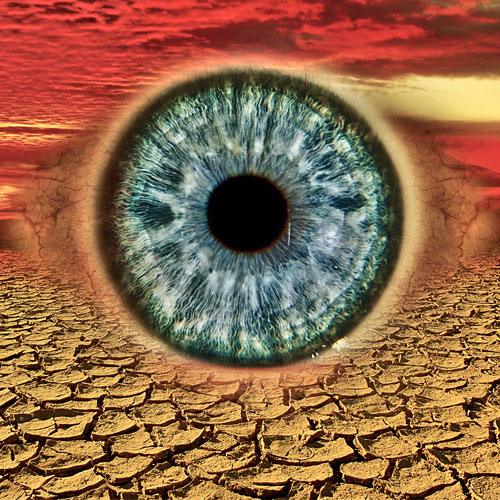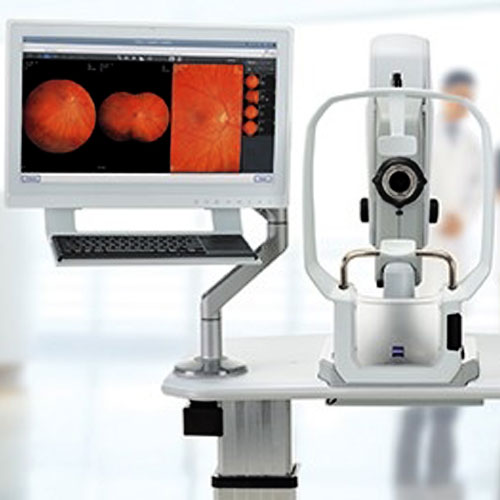The lens is located directly behind the iris, which is the colored part of the eye that forms the pupil. Light passes through your cornea, through the pupil and finally through the lens, where it is focused on the retina at the back of the eye. As you age, your lens can become cloudy, this cloudiness is called a cataract.
A cataract is when a chemical change in the eye causes a normally clear lens to become completely or partially clouded. This cloudiness prevents light from bending properly and causes it to scatter within the eye. This can result in blurred vision, double vision, faded colors and poor night vision. The exact cause of the change is unknown and could be attributed to age, heredity, injury, disease, or diet. Excessive sunlight exposure, cigarette smoke and certain medications can also be risk factors for the onset of cataracts.
There are three major types of cataracts - depending on where they form within the lens. The first type of cataract is called cortical spoking. It occurs when small spokes begin to develop around the edge of the lens. The spokes gradually grow towards the center of the lens and blur vision.
The second type is called nuclear sclerosis and is characterized by a hardening and yellowing of the lens. The hardening occurs gradually and begins at the center of the lens, limiting the ability to focus.
The third major type of cataract is posterior subcapsular. This occurs when cells from the front of the lens, migrate towards the back of the lens and clump together. These clumps increase in size and number over time, causing cloudiness and blurred vision.
A mild cataract can be treated by a change in your prescription and should be monitored by your eyecare provider. However, if the cataract develops to the point that it affects your daily activities, surgery may be recommended.


